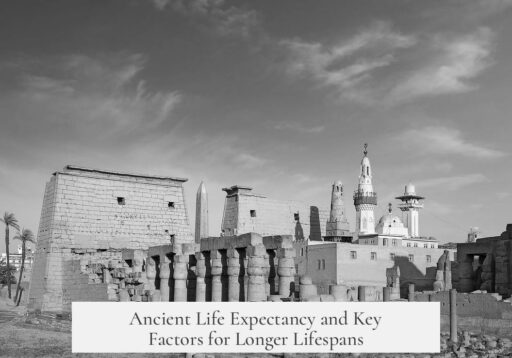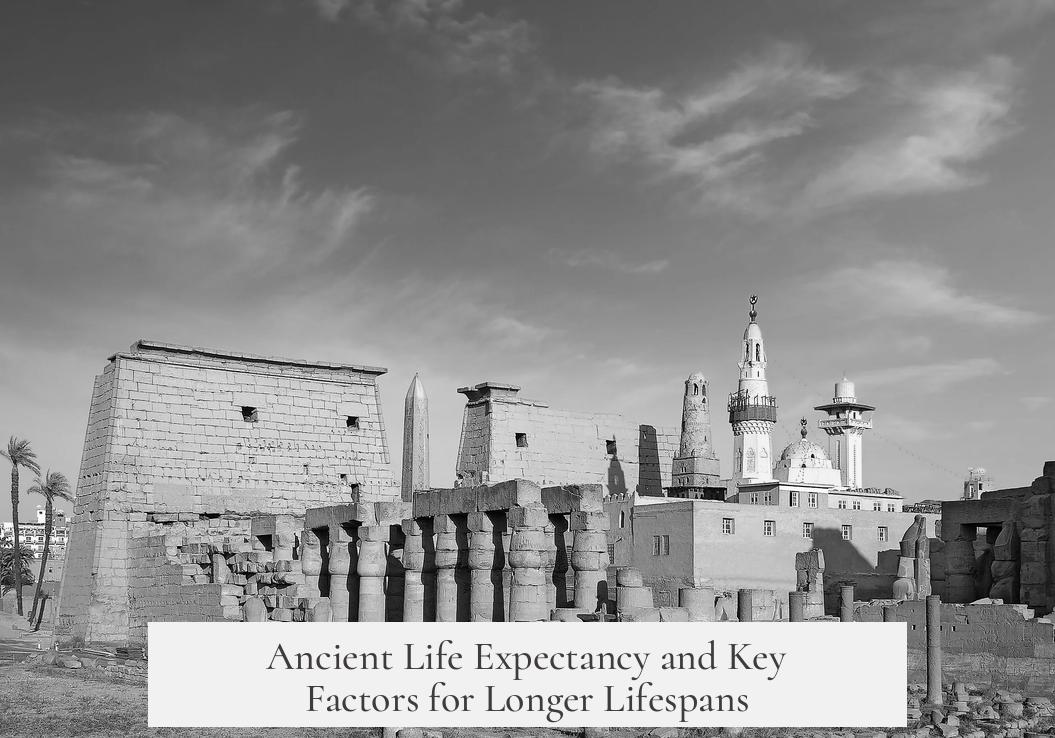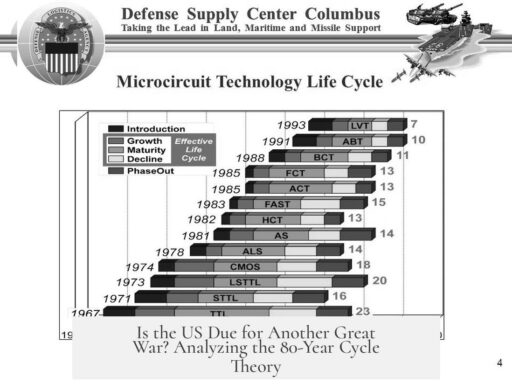The average life expectancy in the ancient world varied greatly depending on age. At birth, people often lived only 20 to 30 years on average. This low figure results mainly from high infant and childhood mortality rates, rather than adults dying young. If a person survived those early years, their expected lifespan increased substantially.
For instance, in ancient Rome, surviving past age ten raised average life expectancy to about 50 years. Reaching fifteen years old further increased the chances of living into one’s sixties, assuming no involvement in war or fatal diseases like the plague. Thus, the common notion that people rarely lived beyond 30 in antiquity is misleading. Early deaths had a strong impact on life expectancy at birth statistics.
Several factors allowed for increased longevity among those who made it beyond childhood:
- Reduced infant and child mortality: This is the main driver for modern increases in life expectancy. Ancient societies suffered from infectious diseases and poor sanitation, which led to many early deaths.
- Stable food supply: Access to adequate nutrition supported better health and longer lives for adults.
- Natural immunity development: Surviving childhood often meant building stronger immune systems against common illnesses.
- Social structures: Family and community support helped individuals avoid dangers and recover from illnesses.
Modern medical advancements certainly extend average lifespans beyond ancient standards. However, most of the historical progress in longevity comes from lowering infant and child mortality, not merely curing adult diseases.
Key points to remember:
- Life expectancy at birth in ancient times was about 20–30 years due to early mortality.
- Surviving childhood significantly increased expected lifespan, often into the 50s or 60s.
- Main factors for longer life included better prevention of infant deaths and stable living conditions.
- Modern longevity gains rely heavily on improved child health rather than only adult care.




